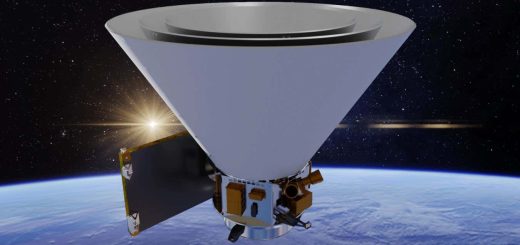JWST has taken extraordinary images of 19 nearby spiral galaxies
Astronomers have used the James Webb Space Telescope to take astonishingly detailed images of spiral galaxies, revealing how and where they spark star formation
By Leah Crane
29 January 2024
The James Webb Space Telescope captured 19 face-on spiral galaxies
NASA, ESA, CSA, STScI, J. Lee (STScI), T. Williams (Oxford), PHANGS Team, E. Wheatley (STScI)
The James Webb Space Telescope (JWST) has released a stunning smorgasbord of images of spiral galaxies. These pictures show 19 relatively nearby galaxies in greater detail than ever before.
“They’re mind blowing even for researchers who have studied galaxies for decades,” said Janice Lee at the Space Telescope Science Institute in Maryland in a statement. “Bubbles and filaments are resolved down to the smallest scales ever observed and tell a story about the star formation cycle.”
Read more
The 8 most dazzling images from JWST’s first year of science
Advertisement
The images were taken as part of the Physics at High Angular resolution in Nearby Galaxies (PHANGS) project, a long-running survey that uses several of the world’s biggest telescopes to examine the structure and evolution of galaxies. All of the galaxies in this set are spirals, oriented in space so we see them face-on.
Stars sparkle blue in the images, while the gas between them glows red. The bright blue haloes near the centres of the galaxies represent clumps of relatively old stars, while stars in the arms tend to be younger. This tells astronomers that galaxies tend to begin growing from their centre, with star formation propagating out along the arms like the ripples from a pebble dropped in a pond.
The images also show strange spherical holes in the galaxies’ gas and dust that we have never seen before. These odd gaps may have been left behind by exploding stars carving out empty pockets in the material.


